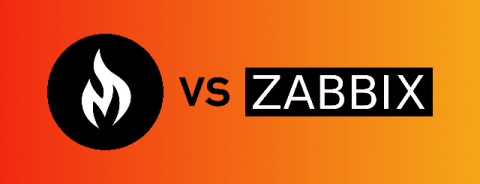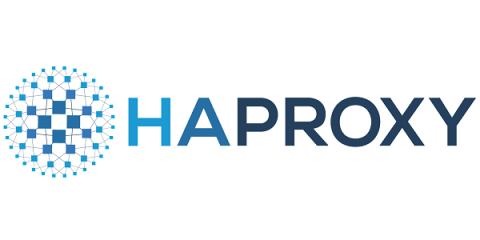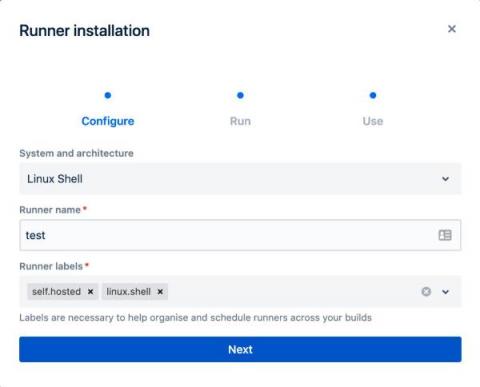Grafana alerting
A lot of organizations are using Grafana to visualize information and get notified about events happening within their infrastructure or data. In this article, we will show how to create and configure Grafana Alert rules. To get started, log in to the MetricFire free trial, where you can send metrics and make Grafana dashboards right on our platform.











